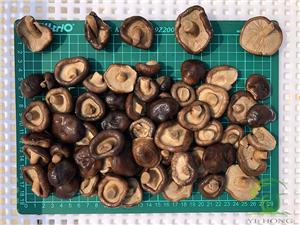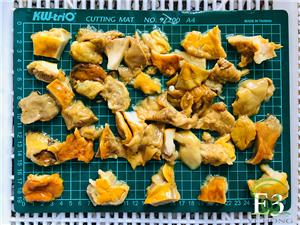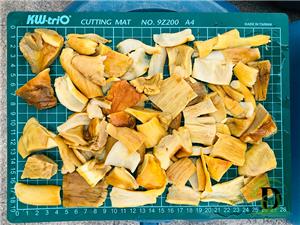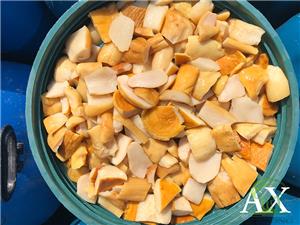What Is Brined Chanterelles in Drum?
From the point of view of the raw material basis, the quality of brined chanterelles in drum comes from high-quality chanterelle raw materials, which is the core that distinguishes it from ordinary salted mushrooms. Chanterelle is a rare wild edible fungus, named after its apricot-yellow cap and warm texture like chanterelle. High-quality brined chanterelles in drum raw materials need to meet three selection criteria. The first is the timing of picking. It needs to be picked when the diameter of the chanterelle cap reaches 2 to 5 cm and the stipe is stout and not hollow. At this time, the meat is full and the flavor material accumulates sufficiently. The second is freshness. The preliminary treatment needs to be completed within 24 hours after picking to avoid deterioration of the bacteria and loss of nutrients due to long-term placement. The third is that there are no impurities. The raw materials need to be manually removed from moth-eaten, mildew, and damaged individuals, so that each chanterelle meets the processing requirements.
The processing technology of brined chanterelles in drum is the key to determining quality. It needs to go through multiple refined processes, and each step has strict parameter control. In the cleaning and grading process, fresh chanterelle needs to be gently rinsed with flowing water to remove impurities such as soil and fallen leaves attached to the surface, and avoid rubbing hard to destroy the structure of the bacteria. After cleaning, it is graded according to the size of the cap and the length of the stipe, so that the specifications of the same batch of products are uniform, which is convenient for buyers to use in the future. Then came the salting process, which is also the core of the salting process. Put the graded chanterelle into a container and spread it out in the form of a layer of chanterelle and a layer of salt. Food-grade refined salt needs to be used for salt. The amount of salt is controlled at 15% to 20% of the weight of the raw material, which can not only form sufficient osmotic pressure to inhibit microbial growth, but also will not affect subsequent desalination and flavor due to excessive salt content. During the marinating process, it needs to be flipped regularly to allow the salt to penetrate evenly. The marinating time is adjusted according to the ambient temperature, usually 10 to 15 days. After the chanterelle water oozes out and the salt content is stable, it will be fine.
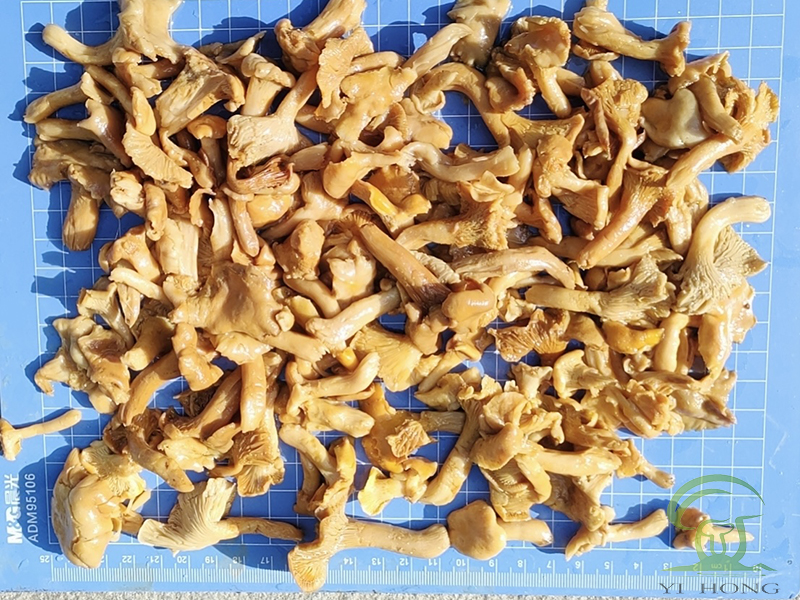
From the point of view of product characteristics, brined chanterelles in drum not only retains the advantages of fresh chanterelles, but also has the stability of processed products, which makes it uniquely competitive in the market. In terms of flavor and taste, the salting process can lock in the unique apricot flavor and delicate meat of chanterelle. After desalination and cooking, the flavor is very similar to that of fresh chanterelle, and it will not produce odor due to processing. In addition, during the salting process, the salt content can slightly soften the bacterial fiber, making the taste of brined chanterelles in drum warmer and suitable for a variety of cooking methods. In terms of storage and transportation, brined chanterelles in drum can be stored for several months under sealed conditions at room temperature without cold chain transportation. The logistics cost is significantly lower than that of fresh chanterelles, which greatly improves the efficiency of the supply chain.
As a professional supplier, our brined chanterelles in drum has established a full chain quality control system from raw materials to finished products, which perfectly meets the needs of B-side buyers for safe, stable and cost-effective ingredients. Whether you are a high-end catering company that needs a stable supply of ingredients, or a food processing plant developing new mushroom products, our brined chanterelles in drum can be your ideal choice to help you win an advantage in a competitive market.
- Company News
- Industry News
- Product News
- Video

